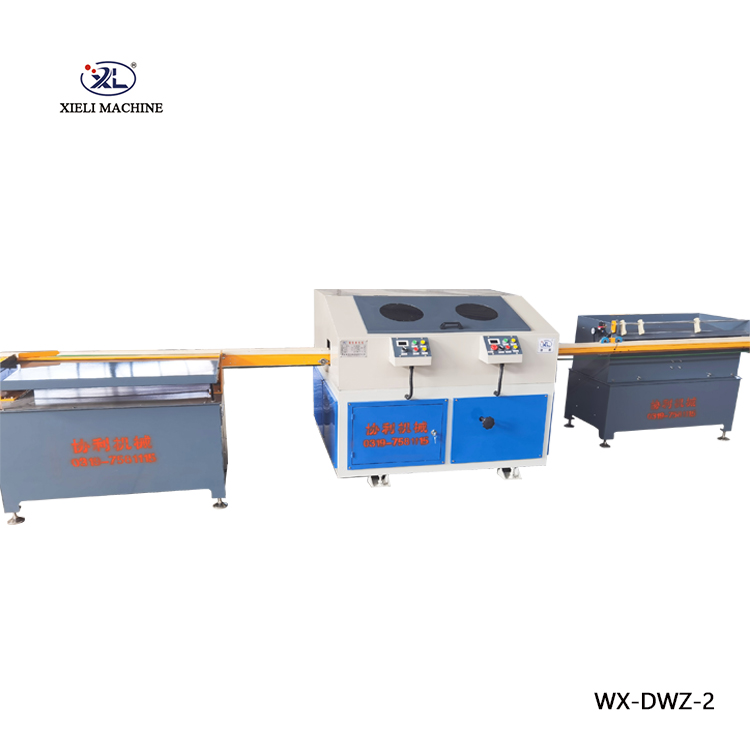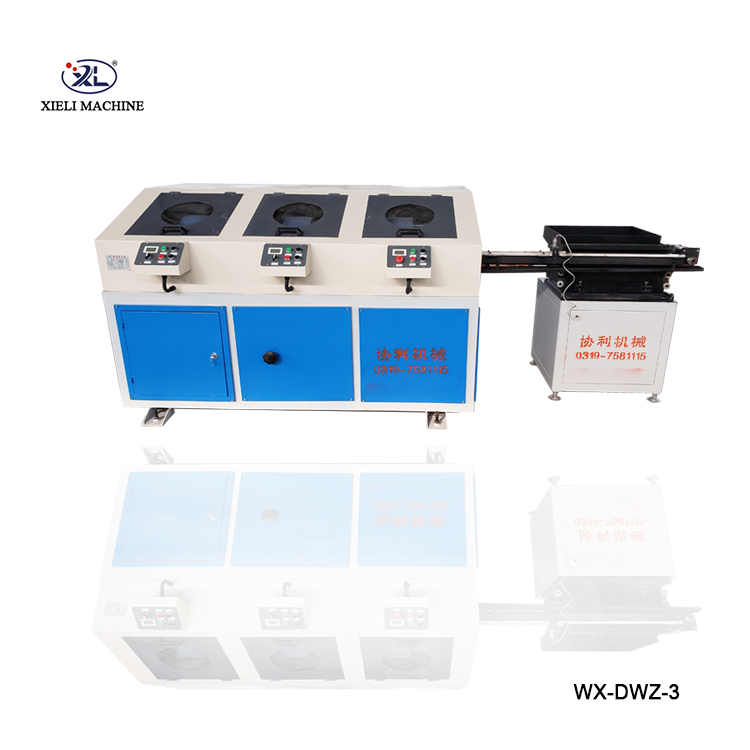A pipe polishing machine is a cornerstone of modern manufacturing, delivering exceptional surface finishes for pipes across various industries. With innovations catering to diverse materials like stainless steel and aluminum alloy, choosing the right machine can elevate both quality and productivity. In this article, we explore the working principle of the pipe polishing machine, design differences based on materials, and the critical factors in selecting the perfect model for your needs.

Understanding the Working Principle of a Pipe Polishing Machine
At its core, the pipe polishing machine operates by using abrasive belts, discs, or wheels to refine the surface of pipes. These abrasives rotate at high speeds, effectively removing imperfections and creating a polished finish. The pipe is fed through the machine, where multiple polishing stations may be engaged simultaneously to ensure consistency and efficiency.
The machine's design enables it to handle pipes of various diameters and lengths, making it versatile for different industrial applications. Advanced models incorporate automation, allowing for precise control over speed, pressure, and polishing intensity. This ensures that the machine meets specific finish requirements, from a mirror-like sheen to a matte texture, depending on the application.
Manufacturers of pipe polishing machines often emphasize ergonomic designs and intuitive controls, making these machines user-friendly and ideal for operations requiring high throughput without compromising on quality.
Pipe Polishing Machine:Design Variations for Different Materials
The design of a pipe polishing machine varies significantly depending on the material being processed. For stainless steel pipes, the focus is on achieving a high-gloss, corrosion-resistant finish. Machines designed for stainless steel often include additional cooling mechanisms to prevent heat buildup, which can affect the material's integrity.
When it comes to aluminum alloy pipes, the polishing process demands a gentler approach to avoid excessive material removal. Abrasives with a finer grit are typically used, and the machines are calibrated to exert less pressure. Some models even feature adaptive technology that adjusts settings based on the pipe’s material properties.
Reputable pipe polishing machine manufacturers provide models tailored to specific materials, ensuring that each machine delivers optimal performance. Investing in a machine designed for your material type guarantees better results and longer equipment life.
Factors to Consider When Choosing a Pipe Polishing Machine
Selecting the right pipe polishing machine involves evaluating several key factors. First and foremost, consider the material and size of the pipes you’ll be working with. Machines with adjustable rollers and versatile abrasive options are ideal for operations dealing with varying pipe dimensions and materials.
Next, assess the machine’s power and speed settings. For heavy-duty applications, a high-powered machine ensures efficient material removal and consistent results. On the other hand, for delicate materials or intricate finishes, a machine with fine control over speed and pressure is essential.
Budget is another critical factor. While the pipe polishing machine price varies based on features and capabilities, investing in a high-quality machine from a trusted moetsi oa mochini oa ho bentsa liphaephe often proves cost-effective in the long run. Durability, low maintenance requirements, and manufacturer support significantly reduce operating costs over time.
Lastly, consider additional features such as automation, dust collection systems, and ease of maintenance. These features enhance the machine’s functionality and make daily operations smoother.
Enhancing Efficiency with the Right Pipe Polishing Machine
The right pipe polishing machine can transform your production process, delivering superior finishes while saving time and effort. By understanding its working principle, considering material-specific designs, and evaluating essential features, you can choose a machine that aligns perfectly with your needs.
Top-tier pipe polishing machine manufacturers offer a range of options to suit different applications, ensuring that you find a model that balances performance and affordability. With a carefully chosen machine, achieving flawless pipe finishes becomes not only possible but effortless, giving your business a competitive edge in today’s demanding market.





